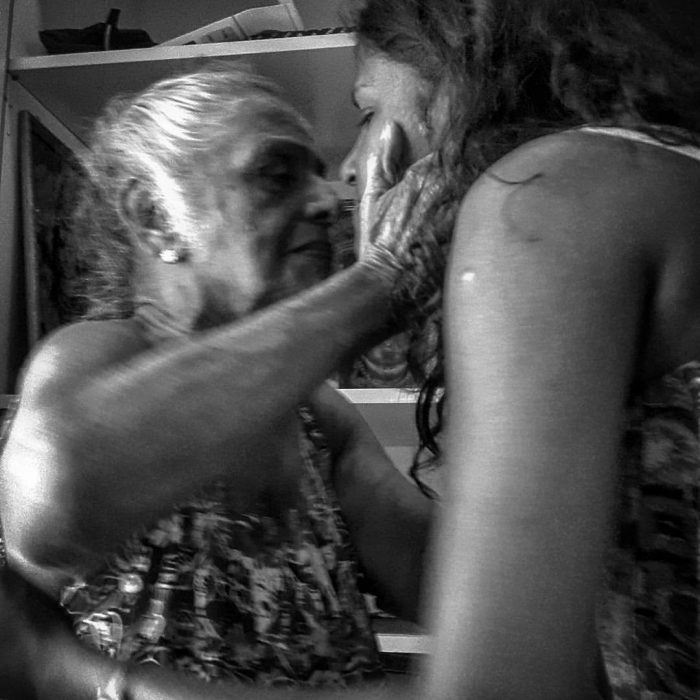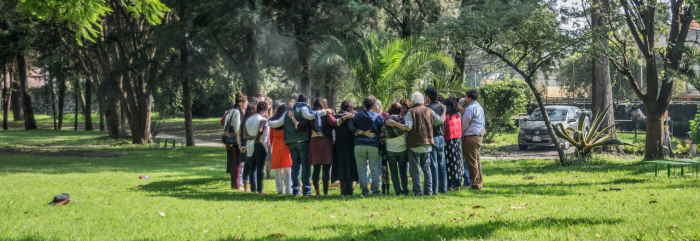Those who have heard of the Potato Park know it to be an exemplary community-led model of conserving indigenous varieties of potatoes. In the highlands of Pisac, at 3,800 meters above sea level, five indigenous Quechua communities came together in 2002 to form the Potato Park, Parque de la Papa, with the support of Asociacíon ANDES, a Thousand Current catalyst grantee. Over an extension of 9,200 hectares of land, the Potato Park preserves 1,400 native varieties of potato.
Peru’s Potato Park: “Buen vivir” in practice
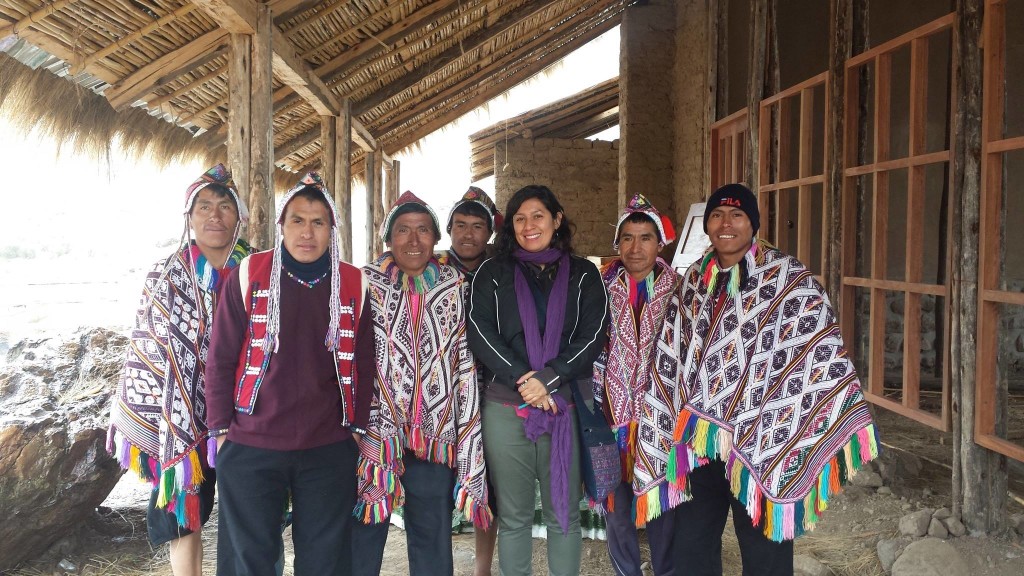
The highest authority in the Andean communities overseeing the Potato Park near Cusco, Peru, is not the government, a local leader, or any person for that matter. It’s a sacred mountain.
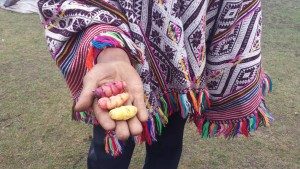 However, the Potato Park is much more than ensuring that indigenous varieties of potatoes and other tubers continue to exist. The Potato Park is also an experiment in communities jointly building a mutual agreement to work together collectively using the “Ayllu” system to achieve Sumaq Causay (Buen Vivir).
However, the Potato Park is much more than ensuring that indigenous varieties of potatoes and other tubers continue to exist. The Potato Park is also an experiment in communities jointly building a mutual agreement to work together collectively using the “Ayllu” system to achieve Sumaq Causay (Buen Vivir).
The Ayllu system is a traditional holistic indigenous approach based on equilibrium and reciprocity between the three ayllus. The Runa Ayllu includes all the human beings and domesticated species; the Sallka Ayllu includes all the wild; and the Auki Ayllu includes the sacred, and nature’s norms and rules.
Within the Runa Ayllu, the Potato Park has organized themselves into various collectives, mostly economic collectives, which integrates members from the five communities: gastronomy, artisanship, medicinal plants, potato guardians and community promoters/technicians.
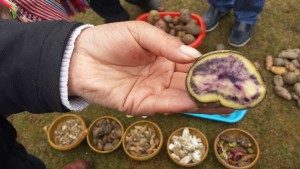 In their joint agreement they also have a leadership council that integrates all the Presidents of the five communities. This integration of members from different communities is an experiment, as before the Potato Park existed, each community work individually, and there wasn’t much harmony or the ancestral practice of minca. Minca is a practice of reciprocity when one community member needs help, a person will bring another person with them to help that community member.
In their joint agreement they also have a leadership council that integrates all the Presidents of the five communities. This integration of members from different communities is an experiment, as before the Potato Park existed, each community work individually, and there wasn’t much harmony or the ancestral practice of minca. Minca is a practice of reciprocity when one community member needs help, a person will bring another person with them to help that community member.
The Sallka Ayllu respects all the wild, which is respecting the flora and fauna of the Andes. In the 90s, government started to promote these communities to use improved types of potatoes, which many members planted. They realized that the yield was only high once and if they wanted to continue to use these potatoes, they would have to use pesticides. With the Sallka Ayllu system, that was out of the question.
Finally, with the Auki Ayllu, the norms set by the sacred mountain will determine how the ecosystem will survive and thrive. The mountain’s soil, its resilience against climate change, and its communication through the plants will let all human beings and all wild things live. All three ayllus depend on each other, which is the equilibrium and reciprocity of Buen Vivir.
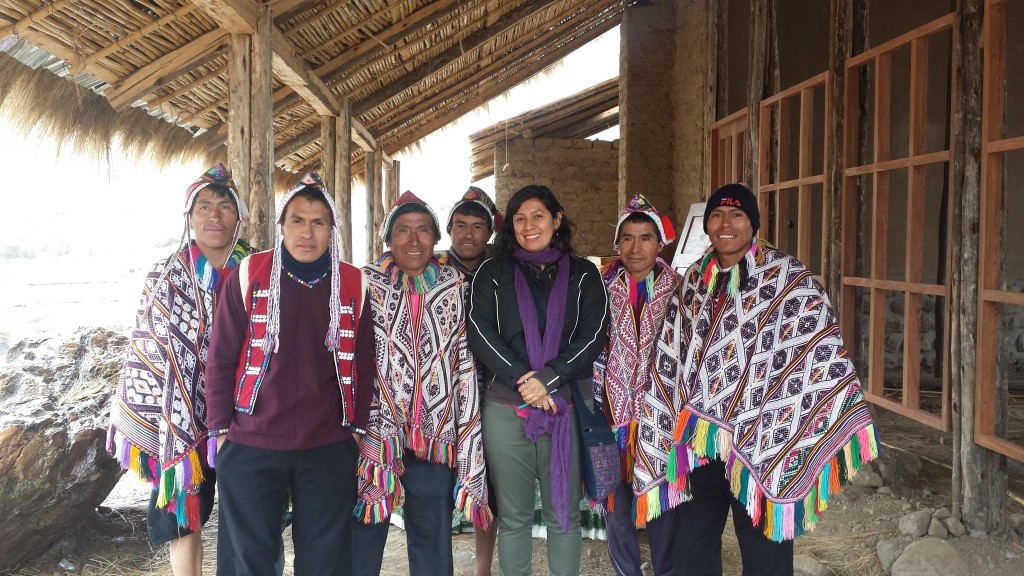
The first time I visited the Potato Park was in December 2014, a time when Lima was hosting the COP20. I remember vividly when one of the Amaru community leaders from the Potato Park said,
Climate change is still a worrying factor two years later. Walter, a community leader from Paru Paru shared that the Potato Park is considered to be a living lab, where indigenous members are trained to do investigation on their potatoes varieties. For the past five years, they’ve done research on 16 varieties of potatoes. What they found was that the conditions are no longer apt to grow potatoes up to an altitude of 4,500 meters. The Potato Park goes up to 4,600 meters, which means less territory is available for having the best conditions to grow potatoes.
In spite of these challenges, the Potato Park is not meant to be just a model of conservation management, nor is it a just a model of uplifting indigenous knowledge as science. It’s Buen Vivir in practice, where human development is moving forward together with Mother Earth.
Related Stories
